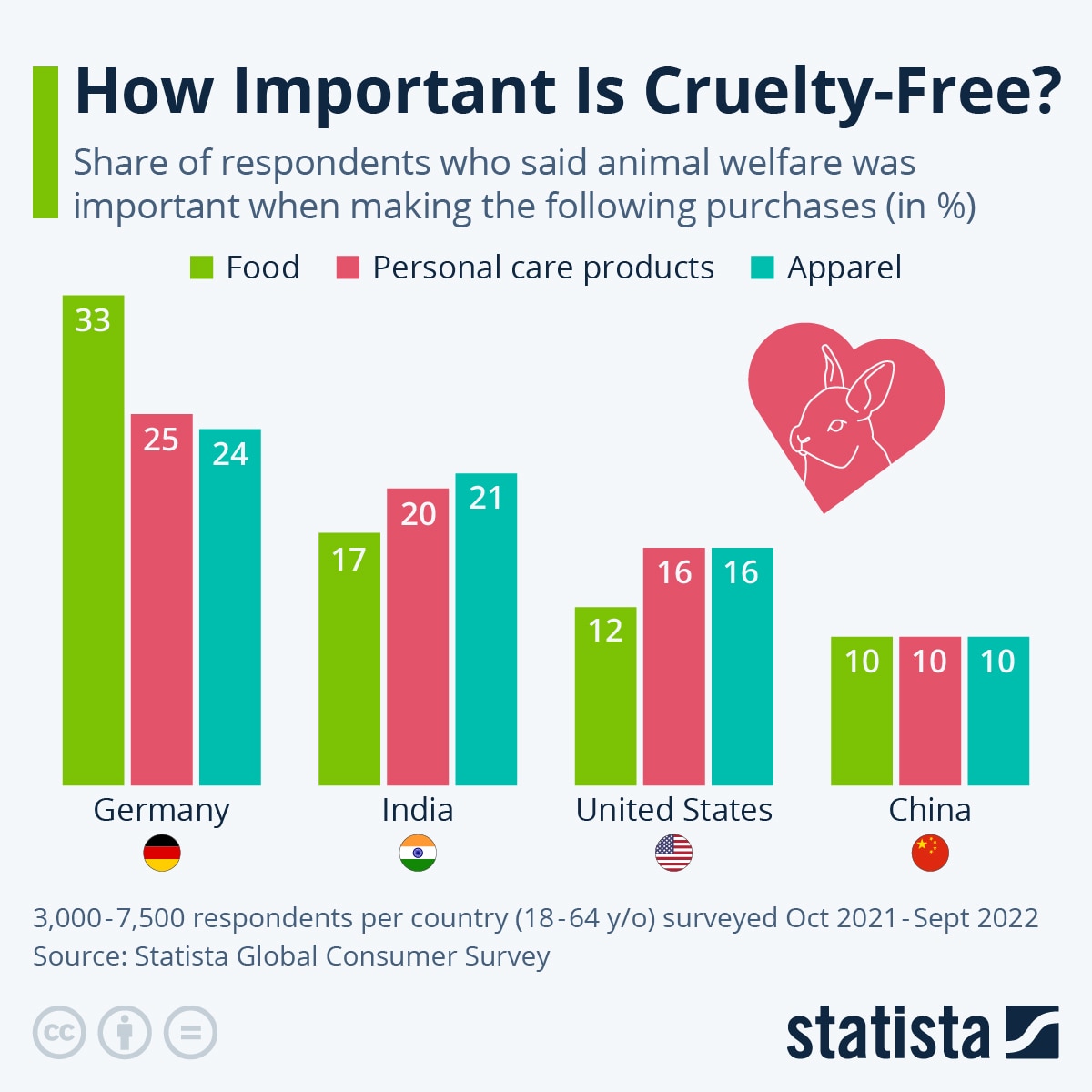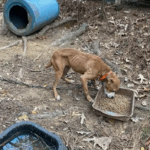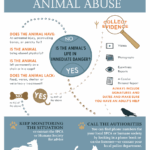Animal cruelty remains an insidious affliction that plagues nations around the globe. Despite a growing societal consciousness regarding the treatment of animals, alarming instances of abuse, neglect, and exploitation continue to proliferate, exposing a darker undercurrent in various cultures. This article delves into the disturbing statistics of animal cruelty across different countries, presenting a clear picture of where these heinous acts are most prevalent.
When discussing animal cruelty, it is crucial to first delineate what constitutes the term. Animal cruelty encompasses a broad spectrum of abusive behaviors, including physical harm, neglect, abandonment, and exploitation for entertainment or profit. From factory farming practices that disregard the welfare of livestock to the rampant use of animals in illegal dog fighting rings, the manifestations of cruelty are both varied and pervasive. Statistics regarding animal cruelty can be daunting, serving as a harrowing reminder of the urgent necessity for advocacy and reform.
Globally, certain countries stand out for their dubious reputations concerning animal welfare. India, for instance, is often cited due to the juxtaposition of deeply ingrained cultural reverence for certain animals, such as cows, alongside the widespread incidences of abuse and neglect. Reports detail that millions of animals suffer from malnutrition, lack of shelter, and medical care. The sheer disparity between cultural ideals and reality poses fundamental questions about societal values and economic structures, illuminating how systemic issues can exacerbate animal suffering.
Another country notorious for its animal cruelty statistics is China. The nation is home to some of the largest markets for both domestic and exotic wildlife, where animals are often kept in appalling conditions. The Yulin Dog Meat Festival, which draws international condemnation, exemplifies this cruel nexus of tradition and exploitation. The disregard for animal welfare in such contexts reflects a broader societal struggle with the balance between cultural practices and ethical considerations regarding living beings.
The United States presents a different but equally distressing scenario. While it has established laws designed to protect animal welfare, enforcement is inconsistent, and many areas lack comprehensive regulations. Statistics reveal that millions of animals are euthanized in shelters each year, often due to overcrowding and lack of resources. Furthermore, puppy mills—breeding facilities that prioritize profit over the welfare of animals—have proliferated, generating severe public outcry yet insufficient legislative action. The deep-rooted culture of consumerism often supersedes ethical considerations, contributing to a troubling cycle of neglect and abuse.
Countries such as Brazil also grapple with the duality of vibrant wildlife and rampant exploitation. The Amazon rainforest, a biodiversity hotspot, faces unprecedented destruction from agricultural practices, poaching, and illegal wildlife trade. The ramifications of these actions are twofold: not only does this contribute to an ecological crisis, but countless animals endure cruelty as a result of habitat loss and illegal trafficking. This intersection of environmental degradation and animal cruelty suggests that broader systemic changes are requisite for meaningful improvement.
Australia presents a rather paradoxical landscape for animal welfare. While the country is known for its stringent animal welfare laws, incidents of cruelty still emerge, particularly regarding its wool and livestock industries. The practice of mulesing—removing strips of skin from lambs without pain relief—has drawn ire from activists worldwide. This distressing reality underscores how cultural norms surrounding animal agriculture can foster practices that are both culturally entrenched and ethically reprehensible.
Looking to Europe, countries like Spain reveal unique challenges in animal rights advocacy. The tradition of bullfighting is a point of contentious debate, wherein cultural heritage clashes with evolving perceptions of animal rights. Despite increasing protests and shifting public sentiment, bullfighting remains legally sanctioned in certain regions, demonstrating the struggle to redefine acceptable practices in the context of modern ethics. The resistance to change amid declinations in tradition poses a significant obstacle to advancing animal welfare legislation.
The distressing statistics of animal cruelty extend into nations such as Russia, where issues of neglect and abandonment are exacerbated by socio-economic challenges. Stray animals, often left to fend for themselves, face dire circumstances due to harsh weather conditions and indifference from society. Initiatives aimed at alleviating the plight of these animals struggle against a backdrop of systemic issues, further complicating efforts for reform and advocacy.
What remains clear is that animal cruelty is not merely a matter of individual acts of inhumanity; it is deeply intertwined with societal values, economic systems, and cultural practices. The complexity of each nation’s relationship with animals necessitates a nuanced understanding of the underlying factors contributing to these statistics. Moreover, as globalization spreads awareness and prompts dialogues surrounding animal rights, the pursuit of ethical treatment for animals has grown into a formidable global movement.
In conclusion, the mapping of animal cruelty across diverse nations illuminates the urgent need for change. By honing in on these statistics, we not only confront uncomfortable truths but also galvanize commitment to reform. Addressing animal rights requires not only the rectification of injustices but also a re-evaluation of how societies value all living beings. Moving forward, it is imperative to foster empathy, advocate for stringent animal protection laws, and champion sustainable practices that honor the intrinsic dignity of every creature.






